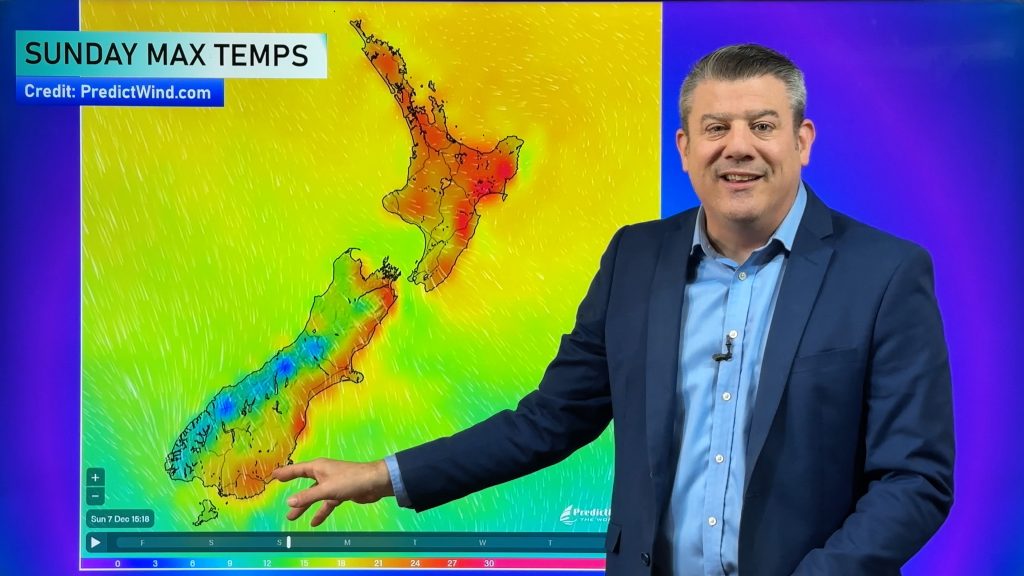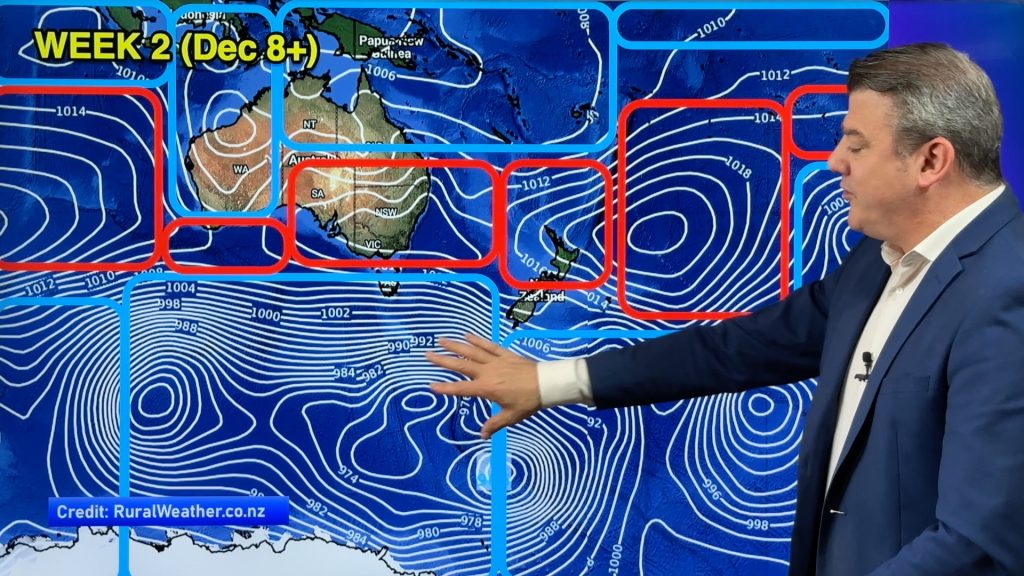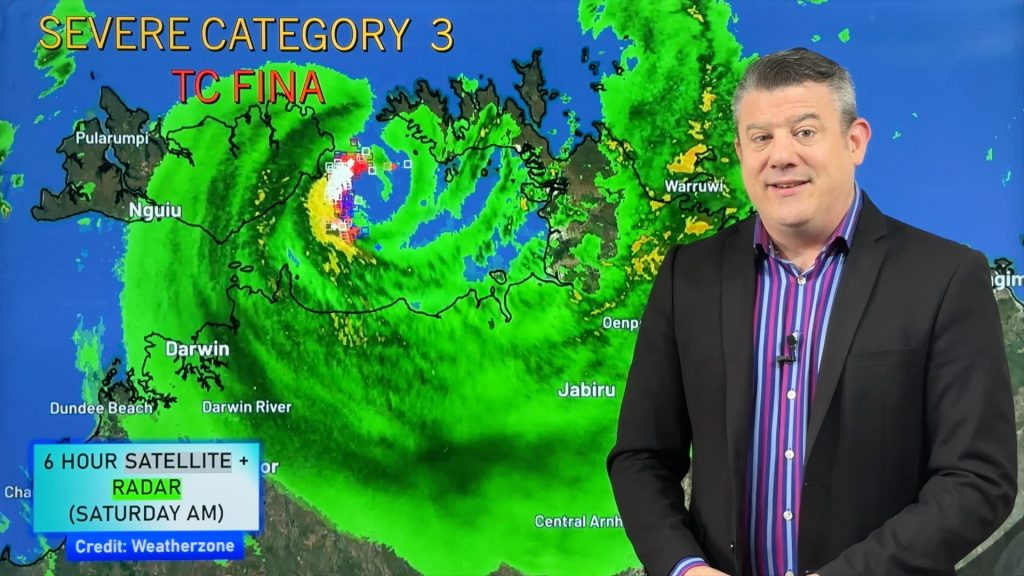
> From the WeatherWatch archives
The first tsunami from an earthquake in Chile hit Japan’s outlying islands today, but while the initial waves were small and most of the Pacific islands already in its path had been spared damage, officials warned a bigger surge could follow.
Japan’s Meteorological Agency said the first wave to reach Japan after the magnitude 8.8 quake off Chile was recorded in the Ogasawara islands. It was just 4 inches (10 cm) high. Another, measuring about 12 inches (30 cm), was observed in Hokkaido, to the north. There were no reports of damage.
As it crossed the Pacific, the tsunami has dealt populated areas – including the US state of Hawaii – just a glancing blow.
The Pacific Tsunami Warning Centre already lifted its warning for every country but Russia and Japan, though some countries in Asia and the Pacific – including the Philippines, Australia and New Zealand – were keeping their own watches in place as a precaution.
The tsunami initially raised fears that the Pacific could fall victim to the type of killer waves that killed 230,000 people in the Indian Ocean in 2004 the morning after Christmas. During that disaster, there was little to no warning and much confusion about the impending waves.
Officials said the opposite occurred after the Chile quake: They overstated their predictions for the size of the waves and the threat.
“We expected the waves to be bigger in Hawaii, maybe about 50 per cent bigger than they actually were,” said Gerard Fryer, a geophysicist for the warning center. “We’ll be looking at that.”
But Japan, fearing the tsunami could gain force as it moved closer, put all of its eastern coastline on tsunami alert and ordered hundreds of thousands of residents in low-lying areas to seek higher ground as waves generated by the Chilean earthquake raced across the Pacific at hundreds of miles per hour.
Japan is particularly sensitive to the tsunami threat.
In July 1993 a tsunami triggered by a major earthquake off Japan’s northern coast killed more than 200 people on the small island of Okushiri. A stronger quake near Chile in 1960 created a tsunami that killed about 140 people in Japan.
Towns along northern coasts issued evacuation orders to 400,000 residents, Japan’s national broadcaster, NHK, said. NHK switched to emergency mode, broadcasting a map with the areas in most danger and repeatedly urging caution.
As the wave continued its expansion across the ocean, Japan’s Meteorological Agency said its tsunami alert applied to its entire Pacific coast, with the waves expected to be biggest in the north. A tsunami of up to 9.8 feet (3m) was expected to hit the northern prefectures of Aomori, Iwate and Miyagi.
– NZHERALD
Comments
Before you add a new comment, take note this story was published on 28 Feb 2010.





Add new comment